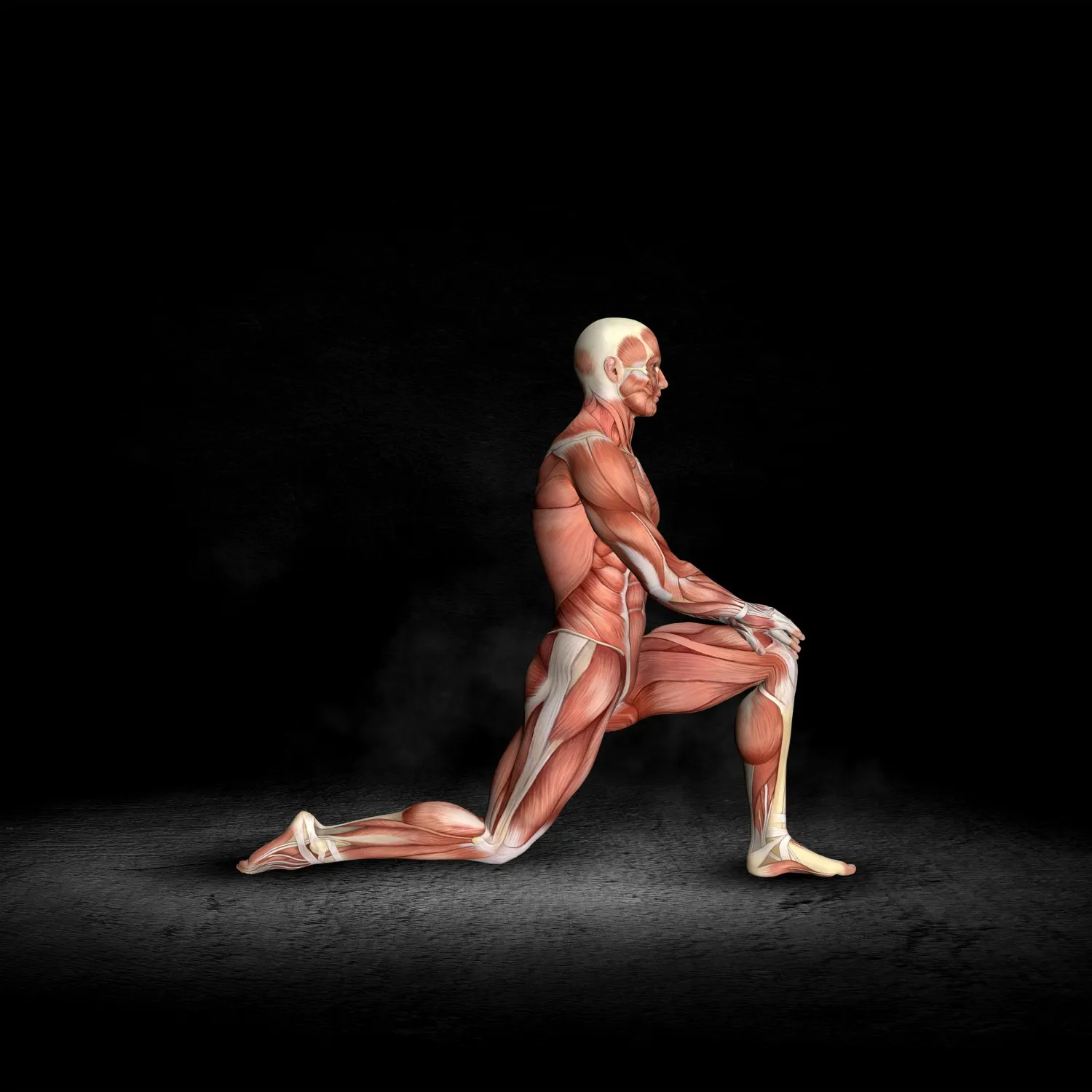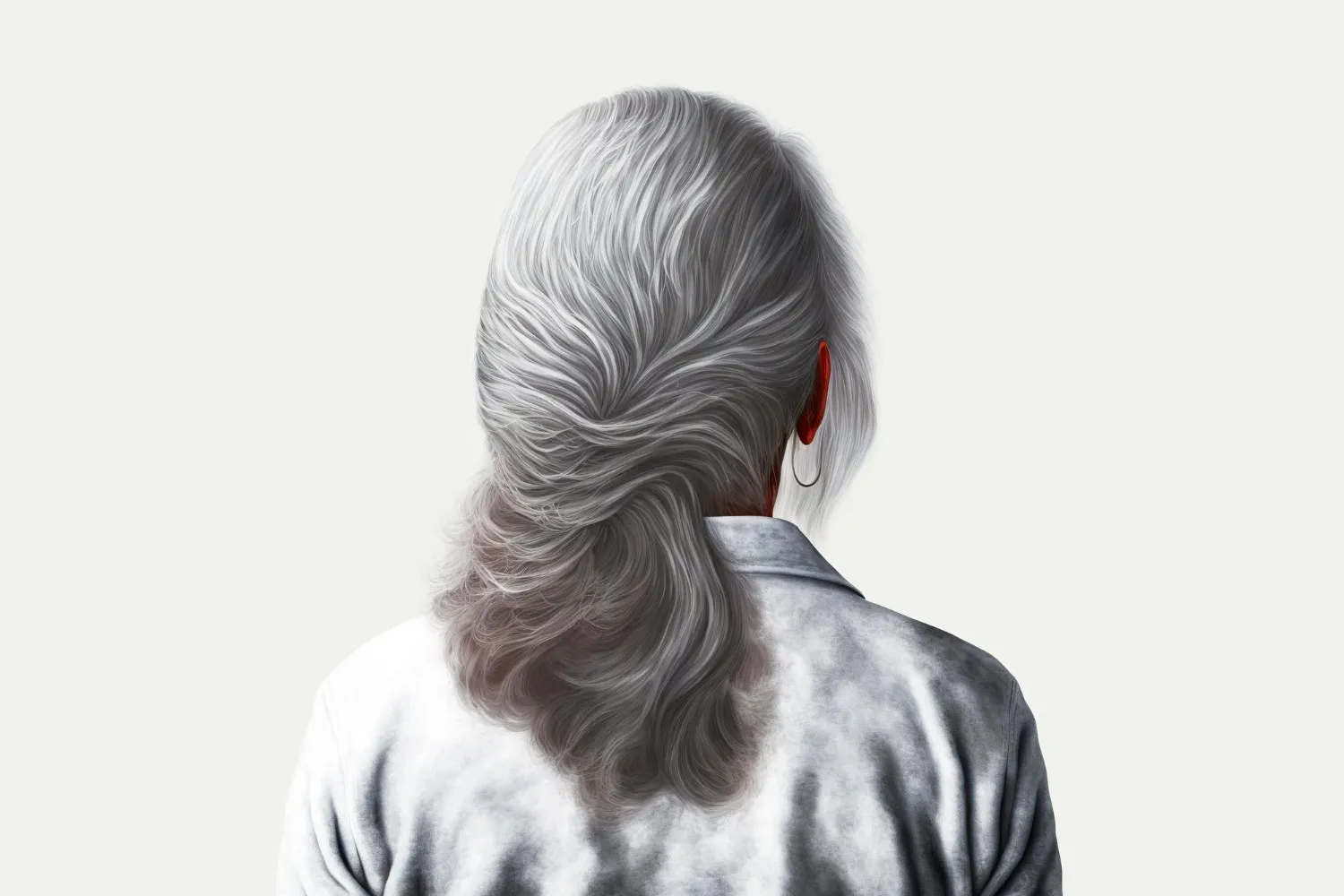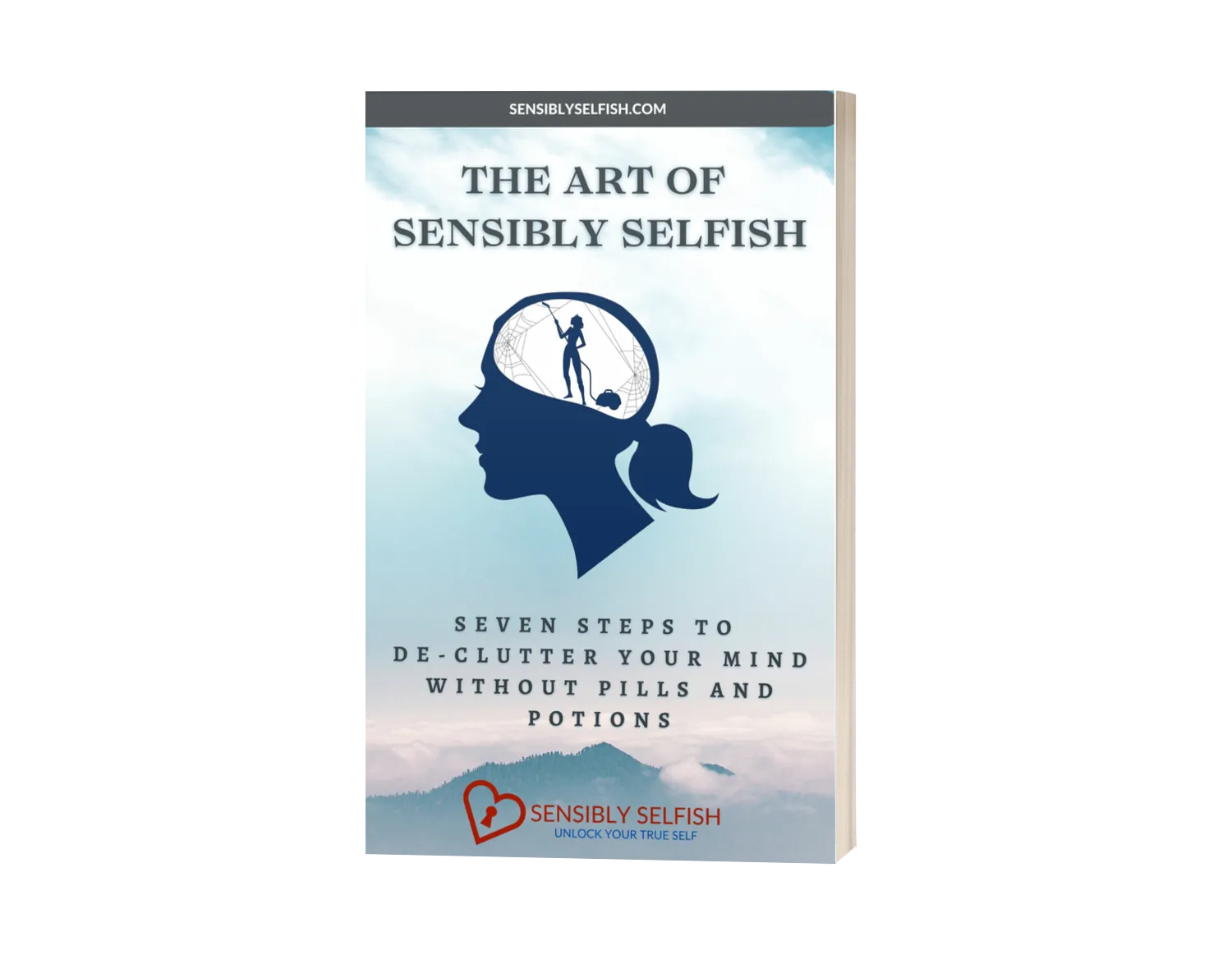Show Us The Psoas!
The Magical Muscle for Midlife
[Toc]

Are you feeling overwhelmed by stress and anxiety? Experiencing unexplained lower back pain or hip discomfort? Having issues with your digestion? Then your Psoas cloud be the culprit behind it all!
In midlife, we can suffer from numerous mental and physical issues. We may look for complex solutions and overlook simple ones. Let’s uncover the secrets to unlocking a more active, pain-free, and relaxed lifestyle through understanding and nurturing your magical psoas muscle.
Anatomy of the Psoas Muscle
The psoas muscle (also referred to as the iliopsoas) is a deep-seated core muscle located near the lower spine. It originates from the lumbar vertebrae and runs down through the pelvis, attaching to the femur. Its unique structure allows it to play a crucial role in various bodily movements, such as flexing the hip joint, supporting the lower back, and stabilizing the pelvis during walking and running.
The Psoas Muscle and Stress
The psoas muscle is also closely connected to the body's stress response. When faced with a perceived threat or danger, the body initiates the "fight-or-flight" response, leading to increased muscle tension as a protective mechanism. As part of this response, the psoas muscle contracts, preparing the body to react quickly. However, modern-day stressors often result in a build-up of chronic stress, causing the psoas muscle to remain in a constant state of tension.

Effects of a Tight Psoas Muscle
When your psoas muscle has been in a perpetual tense state (how many years you have been on the planet?), it can cause various physical discomforts and dysfunctions. Some common symptoms of a tight psoas include lower back pain, hip pain, pelvic tilt/prolapse, and limited range of motion in the hip joint. Moreover, the tension in the psoas can also affect the neighboring organs, potentially leading to digestive issues and compromised breathing patterns. On an emotional level, a tense psoas can contribute to anxiety, fatigue, and a sense of emotional imbalance.
Psoas Muscle and Emotional Holding
The concept of emotional holding suggests that unprocessed emotions and unresolved trauma can manifest in physical tension, particularly in the psoas muscle. Emotional stress and traumatic experiences can cause the psoas to tighten, creating a physical "armoring" effect to shield oneself from emotional pain. As a result, long-term emotional stress can lead to chronic contraction of the psoas, negatively affecting physical and emotional well-being.
Be More Animal - The Psoas Shake
In the animal kingdom, the psoas muscle serves a fascinating purpose beyond its role in movement and stability. Many animals, especially mammals, exhibit a natural and instinctual response known as the 'psoas shake' after encountering stress or danger, such as escaping from a predator or surviving a life-threatening event, these animals release the tension accumulated in their psoas muscle through a rapid trembling or shaking action. This psoas shake is an innate mechanism that helps them discharge the stress response, allowing them to return to a state of relaxation and normalcy.
Humans also have this instinctual behavior. Some people can still shake naturally for others, it has to be conscious. Either way, when we mimic the psoas shake through gentle shaking or trembling exercises, we can release stored tension from our psoas muscle, similar to how animals discharge stress. This practice of emulating the psoas shake can be a valuable tool in our journey towards managing stress, promoting emotional release, and restoring balance to our bodies and minds.

Case Study: Angela's Transformation Through Psoas Work
Angela, a 50-year-old woman on the cusp of menopause, was no stranger to the challenges of this transformative phase of life. Struggling with various menopausal symptoms, she also carried a heavy emotional burden from past traumas. However, a glimmer of hope emerged when a friend recommended Psoas's work to her. Intrigued and eager to find relief, Angela attended a local psoas workshop. Little did she know that this decision would lead to a profound transformation over the next six months.
Before delving into the psoas work, Angela's life had been weighed down by unresolved emotional pain. She had endured; child abuse during her early years, experienced the devastating loss of her second child and gone through a challenging divorce. Each trauma left deep emotional imprints that affected her well-being, contributing to stress, anxiety, and emotional eating, and weight gain.
The psoas workshop offered Angela a safe and supportive space to explore the connection between her emotional experiences and the psoas muscle. Through guided exercises, Angela gradually learned to identify and release the accumulated tension in her psoas. As she engaged in the psoas shaking and stretching techniques, she found herself experiencing emotional breakthroughs. Angela was finally able to confront and process the emotional pain tied to her past traumas, leading to a profound sense of release and healing.
As Angela continued her psoas work journey, she began to embrace the transition of menopause with a newfound resilience. The release of emotional tension from her psoas allowed her to navigate menopausal symptoms with a sense of grace and understanding. Instead of feeling overwhelmed, Angela felt empowered to face the changes with a positive mindset, knowing that her psoas work was supporting her emotional and physical well-being.
Remarkably, as Angela diligently engaged in psoas work and processed her emotional traumas, she noticed unexpected changes in her physical health. The weight she had carried for years started to melt away, and she shed a significant 15 kg. The emotional eating patterns she once struggled with subsided, replaced by a healthier relationship with food and a deeper connection to her body.

Do the Psoas Shake
The psoas shake is a simple yet powerful technique that allows you to release tension and stress from the psoas muscle. To perform the psoas shake, find a quiet and comfortable space where you can stand with your feet shoulder-width apart. Take a few deep breaths to relax your body and mind. Now, gently bend your knees and slightly soften them, allowing your body to become more receptive to the movement.
Next, begin to shake your body from the waist down, as if you were trembling from the cold. Let the movement originate from the core, specifically focusing on the psoas area. Allow the shaking to be natural and spontaneous, and don't worry about how it looks or feels. You can close your eyes to enhance the mind-body connection and focus on the sensations in your psoas region.
Continue the shake for about 1-2 minutes or until you feel a sense of release and relaxation. Afterward, stand still for a moment, taking deep breaths and observing any changes in your body and emotions. The psoas shake can be repeated regularly as a valuable tool for discharging stress, promoting emotional well-being, and nurturing a healthy psoas muscle.
Other Ways to Release Stress from the Psoas Muscle
There are other methods to address psoas-related stress, for example, mindfulness meditation practices can play a crucial role. Mindful awareness of tension in the psoas allows individuals to consciously release the muscle's tightness.
Additionally, focusing on deep breathing techniques can aid in relaxing the psoas and calming the nervous system. Specific stretching exercises, such as hip flexor stretches and gentle yoga poses, can also help release tension and improve the flexibility of the psoas muscle.

Massage and Bodywork for the Psoas Muscle
Massage therapy and bodywork techniques can be effective in releasing accumulated tension in the psoas muscle. Skilled massage therapists can target the psoas directly, using various techniques to encourage the muscle to relax. These treatments not only alleviate physical tension but also offer an opportunity for emotional release - to process and let go of stored emotions in the muscle.
Lifestyle and Stress Management
A holistic approach to stress management is crucial for overall well-being, including the health of the psoas muscle. Adopting a balanced lifestyle that includes regular exercise, a nutritious diet, and sufficient rest supports the body's ability to handle stress effectively. Engaging in activities that promote relaxation, such as spending time in nature, practicing hobbies, and connecting with loved ones, being part of a community, can also contribute to reducing stress levels and preventing chronic tension in the psoas muscle.
Seek Professional Help
Finally, and most importantly, in cases of chronic psoas muscle tension and persistent stress, seeking professional help is essential. This is not a two-minute process as outlined above. Bodywork specialists can provide personalized guidance and therapeutic interventions to address psoas-related issues. At the same time as aiding you physically, they will be able to support you in processing emotional stress and trauma that may be contributing to tension in the psoas muscle.
Long-term strategies for maintaining a healthy psoas muscle involve integrating the practices learned from these professionals into daily life, ultimately promoting overall physical and emotional well-being. The psoas is the magical muscle of midlife, it's over to you to use it!
[contact]
Have you downloaded your FREE Gift?









